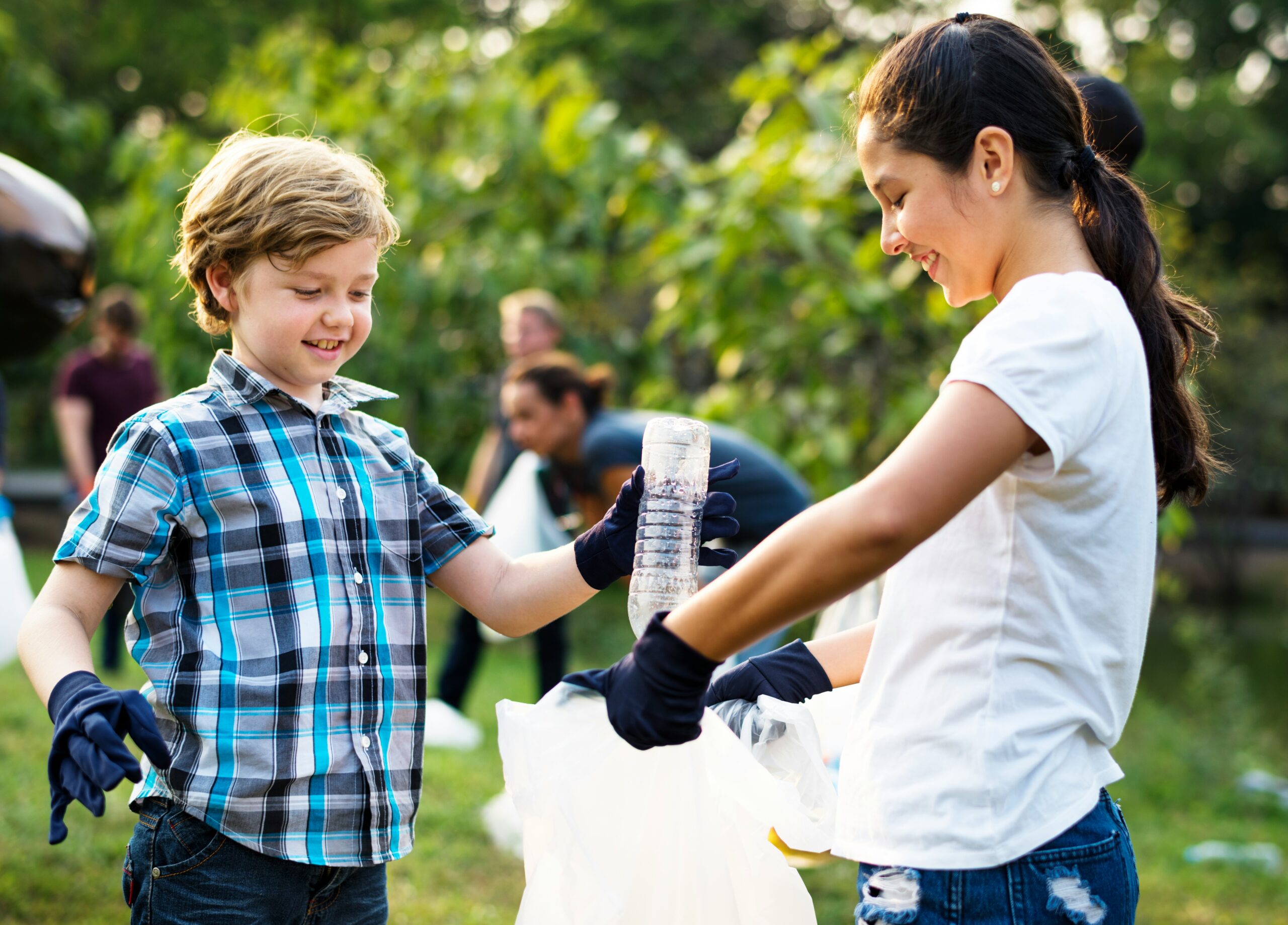
Community engagement plays a crucial role in shaping student success. When families, educators, and local organizations work together, students gain valuable support, motivation, and resources. This collaboration fosters a stronger learning environment, improving academic performance and overall development.
The Importance of Community Involvement in Education
Community involvement in schools creates a supportive network that enhances student learning. It bridges the gap between educators and families, ensuring students receive well-rounded support at home and school. Strong partnerships with local organizations also give students access to mentorship, internships, and extracurricular activities that build essential life skills.
Building a Collaborative Educational Environment
A strong school-community relationship benefits both students and educators. Schools collaborating with families and organizations create an inclusive learning environment. This encourages positive behavioral development, enhances student motivation, and fosters a sense of belonging.
Benefits of Community Engagement in Student Success
Enhanced Academic Achievement
Students perform better when they receive consistent support from their community. Local mentors, after-school programs, and family involvement contribute to improved test scores, better grades, and higher graduation rates. Schools encouraging community participation create an enriching educational experience that helps students thrive.
Key academic benefits of community involvement include:
- Higher literacy rates due to parental engagement
- Better attendance and reduced dropout rates
- Increased motivation and confidence in learning
Increased Social and Emotional Development
Community engagement helps students build social skills, resilience, and confidence. Programs that include mentorship, volunteer work, and collaborative projects foster teamwork and empathy, essential for personal growth and future career success.
Social benefits include:
- Development of leadership skills
- Increased self-esteem and emotional intelligence
- Improved peer relationships and teamwork
Greater Access to Educational Resources
Community partnerships provide students with resources beyond the classroom. Libraries, museums, and local businesses offer learning opportunities that expand their knowledge. Tutoring programs and scholarships from community organizations help bridge financial and academic gaps for underprivileged students.
Resources that boost student outcomes include:
- Free educational workshops and tutoring programs
- Access to technology and Internet services
- Career readiness programs and scholarships
Strategies for Strengthening Community Engagement in Schools
Encouraging Parent Involvement
Parents play a key role in their child’s education. Schools can foster parental engagement by hosting workshops, parent-teacher conferences, and family engagement events. Strong communication between schools and families ensures students receive consistent home and school guidance.
Ways to encourage parental involvement:
- Organizing family learning nights
- Sending regular updates and newsletters
- Hosting open forums for parent-teacher discussions
Partnering with Local Businesses and Organizations
Local businesses can provide internships, career guidance, and sponsorships for school programs. Collaborating with businesses gives students real-world experiences that prepare them for future careers. Community organizations also contribute by offering extracurricular programs and mentoring initiatives.
Examples of business partnerships include:
- Internship programs for high school students
- Sponsored educational events and workshops
- Volunteer career days with local professionals
Creating Volunteer Opportunities
Volunteering strengthens relationships between schools and the community. When students, parents, and local citizens work together on projects, they build a sense of responsibility and teamwork. Schools can establish volunteer programs for tutoring, coaching, and mentoring to benefit students academically and socially.
Volunteer opportunities that make a difference:
- Classroom reading programs with local volunteers
- Community clean-up projects involving students
- Mentorship programs with professionals in various fields
The Role of Educators in Community Engagement
Building Strong Community Relationships
Educators serve as a bridge between schools and the community. They can organize outreach programs, connect students with local mentors, and encourage family participation. By fostering these connections, teachers create a supportive network that enhances student learning.
Ways teachers can strengthen community ties:
- Hosting career day events with guest speakers
- Organizing educational field trips to local institutions
- Encouraging student participation in community projects
Integrating Community-Based Learning
Incorporating community resources into lesson plans makes learning more interactive and relevant. Field trips, guest speakers, and service-learning projects connect classroom lessons to real-world experiences, enhancing student engagement and knowledge retention.
Effective community-based learning strategies:
- Assigning research projects based on local issues
- Partnering with nonprofits for hands-on learning experiences
- Implementing service-learning projects that benefit the community
Overcoming Challenges in Community Engagement
Addressing Barriers to Participation
Some families and organizations face obstacles to engagement, such as language barriers, time constraints, or a lack of transportation. Schools can encourage participation by offering flexible meeting times, providing multilingual resources, and arranging event transportation.
Solutions to common engagement challenges:
- Providing online meeting options for parents
- Offering bilingual educational materials
- Creating flexible volunteer opportunities
Sustaining Long-Term Partnerships
Building lasting community relationships requires consistent effort. Schools should maintain regular communication with local organizations and recognize their contributions. Hosting appreciation events and sharing success stories can strengthen these partnerships.
Tips for maintaining long-term partnerships:
- Sending periodic updates on student progress
- Hosting annual community appreciation events
- Recognizing local businesses and organizations in school media
Community engagement is a powerful tool for improving student outcomes. When schools, families, and local organizations collaborate, students receive the academic, social, and emotional support they need to succeed. We create a stronger education system that benefits everyone by fostering meaningful community connections.
A well-connected community promotes lifelong learning, career readiness, and social responsibility. Schools that invest in community engagement set students up for success by providing them with the tools, experiences, and relationships they need to thrive in academic and real-world environments.